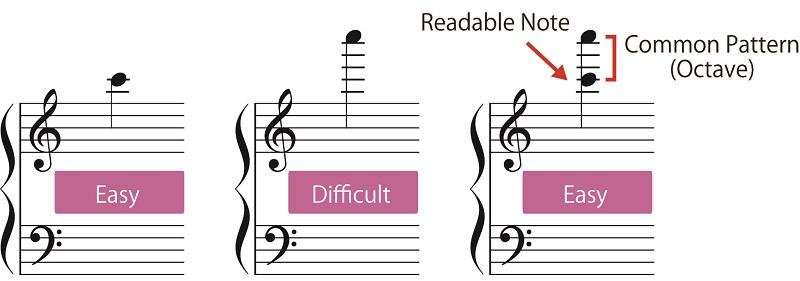Figure 1: Example of the hypotheses. Credit: University of Electro Communications
Musical scores for piano usually have a large number of notes and instructions, such as marks indicating expression, articulation, and accidentals. When pianists sight-read sheet music, they must decode such information instantly and transform it into finger actions and movement. However, it is still not clear how pianists are able to achieve such fast decoding.
Now, Eriko Aiba and Yutaka Sakaguchi at the University of Electro Communications, Tokyo (UEC, Tokyo) have investigated the kinds of clues used by professional pianists for the efficient score reading that is necessary to play complex musical arrangements eloquently and without mistakes. Aiba and colleagues hypothesized that the common patterns of multiple notes—for example, octave, chord, scale and arpeggio—and geometrical information—distance between two notes—are more useful compared with logical information, such as the number of ledger lines (Figure 1).
Sixteen professional pianists participated in the experiment with the task of answering the target notes presented on a display by striking the corresponding keys on a hybrid piano. The target notes were of three types: a single note, an octave interval, and a seventh interval. The seventh interval played a role as a perturbation stimulus to avoid that the participants realize all target notes including two notes are the octave interval. The target notes were presented as quarter notes on a one-bar length grand staff at the second beat position of a four-four time measure (Figure 2).
Figure 2: Experimental procedure in one trial. Credit: University of Electro Communications
The experiments showed that the pianists could read octave intervals for a wider range of key positions compared to single notes.
All the other results suggested the existence of a strong connection between the geometric information and pianists' actions, which may be presumably have been formed through long-term training.
More information: Visual information for efficient score reading by pianists. Proceedings of International Symposium on Performance Science, 2017 (ISPS2017), 46, 2017.
Provided by University of Electro Communications























